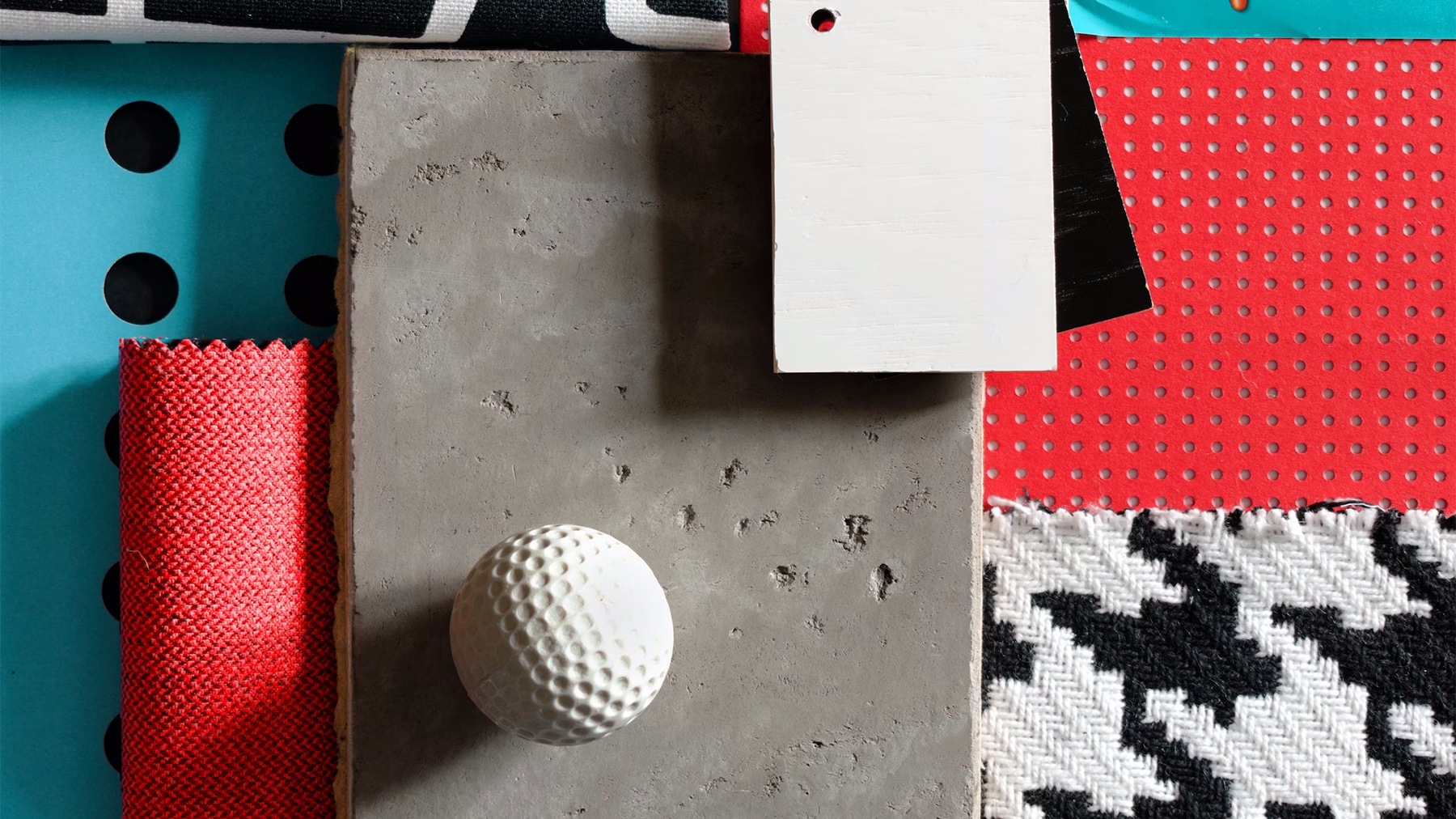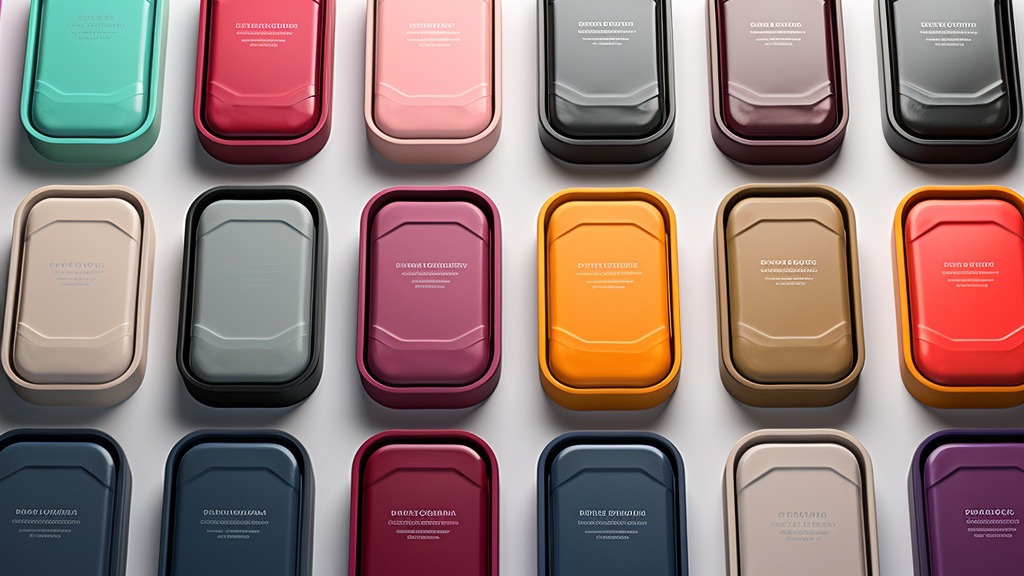How do the Colours, Materials, and Finishes (CMF) of a product impact its market success?

Introduction to Colour, Material, and Finish (CMF) in Product Design
In the ever-evolving landscape of product design, the integration of Colour, Material, and Finish (CMF) has become a pivotal aspect that defines not only the aesthetic appeal but also the functional and perceived value of a product. CMF design is a nuanced discipline that merges creativity with technical precision, guiding industrial designers and CMF designers in crafting products that resonate with consumers on multiple levels. From the tactile experience of micro surface textures to the visual allure of specific colour systems like the Pantone Matching System or RAL colour system, every choice in CMF design plays a crucial role in shaping a product’s identity and market success.
Table of Contents
The importance of CMF extends beyond mere aesthetics; it encompasses the strategic selection of materials and finishes that align with manufacturing processes, sustainability goals, and brand identity. As designers navigate the complexities of part design, tooling costs, and surface finish standards, they must also consider the emotional response elicited by colour and texture. This comprehensive approach ensures that the final product not only meets functional requirements but also captivates the human eye, enhancing user experience and driving brand loyalty. In this article, we will explore the various components of CMF design, its impact on product success, and the strategies employed by designers to create products that stand out in a competitive market.
The Essence of CMF Design
CMF design has emerged as a discipline within product design consultancies focusing on the sensory impact created by colours, materials and surface characteristics. Tools like gloss readers and other measurement devices are essential in CMF design for achieving accurate colour representation and ensuring quality. Defining texture plays a crucial role in enhancing ergonomics and concealing manufacturing defects. CMF designers also use material boards to showcase colour, texture, and patterns, which are crucial for the product’s aesthetic and emotional appeal. This aspect of design is crucial across industries such as fashion, interior design and manufacturing. It entails striking a balance that considers the unique properties of materials and textures while taking into account production costs, environmental sustainability and brand alignment. Effective CMF design can transform a product into an item that deeply resonates with consumers.

Unravelling the Components of CMF
Colours
In CMF design, colours wield influence, over mood, perception and emotional response. Colour choices in design go beyond aesthetics, by conveying functionality and brand identity. When it comes to CMF, designers meticulously select colours based on brand guidelines, current trends and suggestions from environmental or social aspects. Accuracy and consistency in colour specification are crucial which is why systems like the Pantone Colour System and RAL colours are utilised to ensure precision during manufacturing. Colour standards are essential in ensuring consistency and accuracy in product colour representation. Specific colours play a significant role in branding and design, helping to achieve consistency in manufacturing. The RAL colour system is particularly important in international contexts, as it is widely used in Europe.
Materials
Materials play a role in defining a product’s characteristics and influencing its usability. Certain 3D printing technologies, particularly SLA printing, can produce parts that closely mimic the properties and aesthetics of actual production materials, often referred to as final production materials. The versatility of photopolymer resins in 3D printing allows for a wide range of material characteristics, enhancing the design process. The selection of the material involves considering factors such as intended use, environmental considerations, and user interaction. Creating parts with intrinsic colour can be achieved through methods like direct printing or casting. However, CMF design goes beyond functionality; it also focuses on how the material feels to touch, its durability and even its environmental impact. The use of pigmented urethane in RTV casting is crucial for creating parts with built-in colour. By combining materials in ways designers can challenge conventional perceptions and add value and uniqueness to the product. Direct printing also plays a significant role in achieving built-in colour in manufactured items.
Finishes and Micro Surface Textures
Finishes provide the touch to a product’s appeal and tactile qualities. Surface finishes are crucial in product design, impacting both functionality and aesthetics. Surface treatment plays a crucial role in defining the smoothness and aesthetics of plastic components. Surface finish standards ensure consistency in the treatment of various materials, influencing both appearance and functionality. Whether its a matte, glossy or textured finish chosen for a product can greatly impact both its appeal and user experience. Designers often create new textures in plastic part manufacturing to enhance ergonomics and conceal defects. It is important for finishes to elegantly complement the selected colour palette and materials used while contributing to the design narrative. Textured finishes can improve ergonomics and conceal manufacturing defects, adding to the product’s overall quality. This aspect of CMF design offers opportunities for experimentation where designers can push boundaries by creating product appearances.

The Relationship Between Colour, Material and Finish
The way colour, material and finish come together is crucial in product design. Part design is critical in the selection of surface specifications during the manufacturing process, particularly for plastic components. Integrating functional aspects such as ergonomics and ease of cleaning into product development through careful selection of colour, material, and finish (CMF) is essential. Part performance is directly influenced by the chosen surface specifications during part design, impacting both functionality and aesthetic aspects. These elements work hand in hand to shape a product’s identity and influence how consumers perceive it. The desired smoothness plays a significant role in defining surface treatment standards, particularly those from the Society of Plastics Industry (SPI), which dictate the finish quality required for various products. For example, using matte finishes and natural materials can convey a sense of sustainability and organic quality while metallic finishes and vibrant colours may suggest innovation and modernity. Designers strategically make choices about colour, material and finish based on the brand’s values and targeted market segments.
Strategies for Designers When Considering Colour, Material and Finish
Designers employ tools like texture books, colour swatches and advanced digital rendering techniques to visualise the final product. Collaboration between mechanical engineers and industrial designers is crucial during the material selection process. It is essential to engage with clients to understand their preferences. Additionally, designers may utilise material libraries or digital tools such as Keyshot or Cinema 4D for renderings. Working with a tooling engraver to develop unique textures can significantly enhance the product’s aesthetic and functional qualities. The design and development process is iterative and collaborative; it requires a combination of creativity, technical knowledge, and an understanding of market trends. A Venn diagram can be useful to illustrate the interconnectedness of various corporate functions in design.
The Role of Manufacturing Processes in CMF Design
Manufacturing processes play a crucial role in CMF design, as they can significantly impact the final product’s color, material, and finish. Tooling costs play a significant role in part design, as different SPI surface specifications can directly impact both performance and manufacturing expenses. Industrial designers and CMF designers must consider the manufacturing process when selecting materials and finishes to ensure that the final product meets the desired functional and perceived value. For example, injection molding, a common manufacturing process for plastics, can affect the texture and finish of the final product. Plastic tooling can improve product aesthetics and functionality through the use of textured finishes. Understanding the capabilities and limitations of various manufacturing processes is essential for CMF designers to make informed decisions and achieve the desired outcome. Different standards govern the surface finishes of metal parts and plastic components, with organisations like ASME and ISO setting the standards for metals, while the Society of Plastics Industry (SPI) governs plastics.
In the plastics industry, manufacturing processes such as injection moulding, extrusion, and thermoforming can impact the final product’s colour, material, and finish. For instance, injection molding can produce parts with a high-gloss finish, while extrusion can create parts with a matte finish. CMF designers must consider these factors when selecting materials and finishes to ensure that the final product meets the desired aesthetic and functional requirements. RTV casting plays a crucial role in incorporating colour into parts, using pigmented urethane, silicone, or epoxy materials to create parts with built-in colour.
Furthermore, manufacturing processes can also impact the cost and sustainability of the final product. For example, using recycled materials or bioplastics can reduce the environmental impact of the product, while also affecting its color, material, and finish. CMF designers must balance these factors to create a product that meets both functional and aesthetic requirements while minimising its environmental footprint.
Adding Value through CMF Design
CMF design can add significant value to a product by enhancing its functional and perceived value. The human eye plays a crucial role in colour matching, ensuring accurate colour representation in product design. By carefully selecting colours, materials, and finishes, CMF designers can create a product that not only meets functional requirements but also resonates with consumers on an emotional level. For example, using glass-filled plastics can add a premium feel to a product, while micro-surface textures can enhance its tactile experience. CMF is also vital for industrial users, as it influences both the usability and branding of products tailored for industrial applications.
Industrial designers and CMF designers can add value to a product by considering the Pantone Matching System and SPI surface specification to ensure colour consistency and accuracy. They can also use plastic part designers to create custom textures and finishes that enhance the product’s aesthetic appeal. Integrating various business functions is essential to effectively sell ideas based on CMF design, aligning creative output with business objectives.
Moreover, CMF design can also impact the product’s brand identity and market positioning. By selecting colours, materials, and finishes that align with the brand’s values and target audience, CMF designers can create a product that stands out in the market and resonates with consumers. For instance, using colour systems such as the Pantone Matching System can ensure that the product’s colour is consistent across different manufacturing processes and materials. A conscious effort to study corporate functions outside of design can further enhance the effectiveness of CMF strategies.
In conclusion, CMF design plays a critical role in adding value to a product by enhancing its functional and perceived value. Understanding the supply chain is also crucial in CMF design, as it helps in selecting materials and processes that align with manufacturing capabilities and business goals. By considering manufacturing processes, material selection, and finish options, CMF designers can create a product that meets both functional and aesthetic requirements while resonating with consumers on an emotional level.
Conclusion
The incorporation of Colour, Material and Finish in product design has an impact on user experience as well as brand identification and commercial success. To excel in CMF design requires an understanding of materials along with an eye for colour combinations while selecting finishes that enhance the overall design objective. By skilfully navigating the intricacies of CMF designers have the ability to create products that not only meet specifications but also satisfy consumers’ emotional desires ultimately determining the commercial success of a product.
If you would like to see more on our services
If you would like to hear more on how we can improve the quality of your products or help with your product development, please contact Bluefrog Design at mail@bluefrogdesign.co.uk
FAQ’s about CMF Design
What does CMF stand for in product design?
CMF stands for Colour, Material and Finish which are elements that define a products aesthetic and tactile qualities. Colour influences perception and emotional response material determines the feel and durability of the product. Finish impacts its surface appearance. Together CMF plays a role in product design by contributing to functionality, user experience and brand identity. It is a decision that influences consumer attraction and loyalty.
What is the role of a CMF designer?
A CMF designer’s role involves selecting and integrating colours, materials and finishes into product design to enhance appeal and user experience. They consider factors such as functionality, market trends and brand identity to ensure that the product resonates with consumers. Furthermore CMF designers collaborate closely with functional teams to ensure that the chosen CMF aligns with technical requirements and production capabilities while meeting users’ emotional expectations. Their decisions impact the product’s usability and market success, driving sustainable innovation at every stage.
How do colours, materials and finish impact a product's success?
The success of a product is significantly influenced by its colour, materials, and finish, as these elements collectively shape the user’s perception and experience. Colour psychology plays a vital role in attracting target audiences, as different colours evoke various emotions and associations. The choice of materials affects the product’s durability, sustainability, and feel, impacting perceived quality and user satisfaction. The finish, whether matte, glossy, or textured, adds to the aesthetic appeal and can influence the tactile experience, enhancing user interaction. Together, these factors contribute to the product’s overall appeal, functionality, and marketability, ultimately determining its success.
How do we associate cost and functional and perceived value of a product, with its materials, colour and finish?
The cost and perceived value of a product are closely linked to its materials, colour, and finish. High-quality materials often increase production costs but also enhance perceived value through durability and aesthetics. Colour choice can signify luxury or practicality, influencing consumer perception of worth. For instance, certain colours may be associated with premium brands. Finish, whether it’s a high-gloss polish or a sophisticated matte, contributes to the visual and tactile appeal, affecting the product’s luxury feel. These elements combined create a comprehensive impression of the product, influencing both its market positioning and the consumer’s willingness to pay a premium price.
Ready to get started on a project?
Socials



